
Everybody knows about white Gaussian noise

White Gaussian noise is famous because it has very nice properties:
Some properties of dubious convenience:
Statistics of white gaussian noise and its DFT:
 |
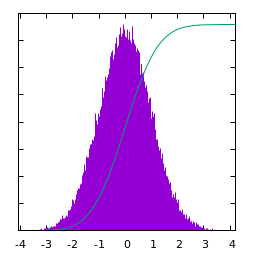 |
 |
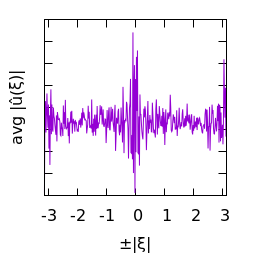 |
| $u(x)$ | histogram of $u$ | $\log|\hat u(\xi)|$ | average spectral profile |
White gaussian noise blurred by a small gaussian kernel:
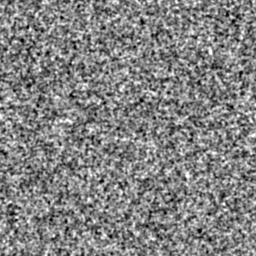 |
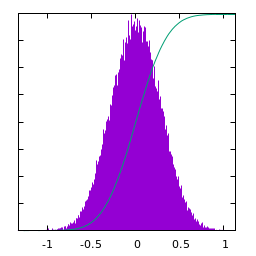 |
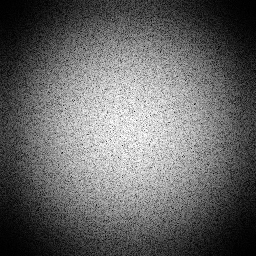 |
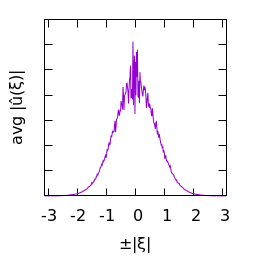 |
| $u(x)$ | histogram of $u$ | $\log|\hat u(\xi)|$ | average spectral profile |
White gaussian noise blurred by a larger gaussian kernel:
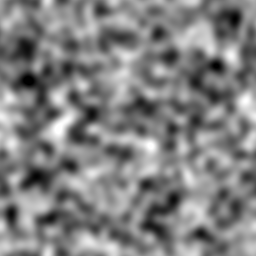 |
 |
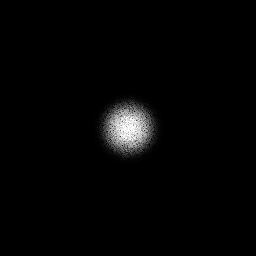 |
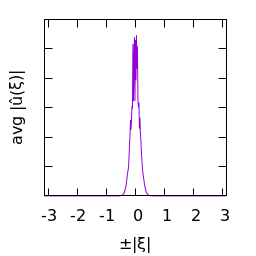 |
| $u(x)$ | histogram of $u$ | $\log|\hat u(\xi)|$ | average spectral profile |
White gaussian noise blurred by a Cauchy kernel:
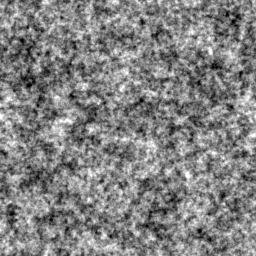 |
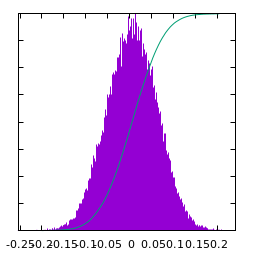 |
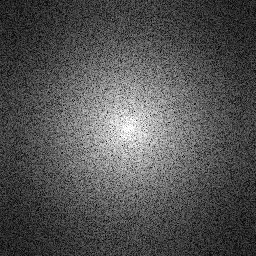 |
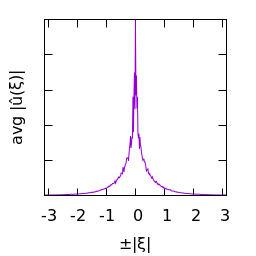 |
| $u(x)$ | histogram of $u$ | $\log|\hat u(\xi)|$ | average spectral profile |
White gaussian noise blurred by a Laplace kernel:
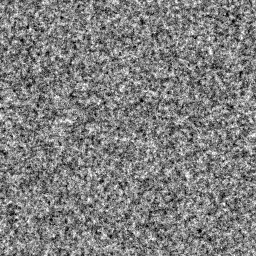 |
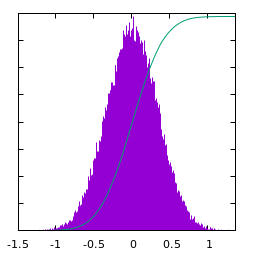 |
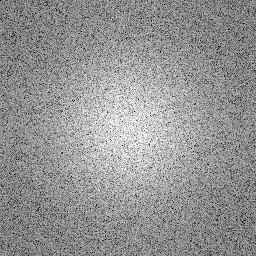 |
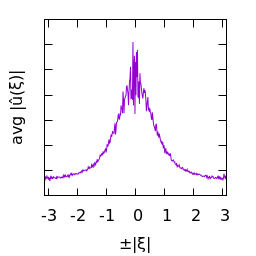 |
| $u(x)$ | histogram of $u$ | $\log|\hat u(\xi)|$ | average spectral profile |
White gaussian noise blurred by a Disk kernel:
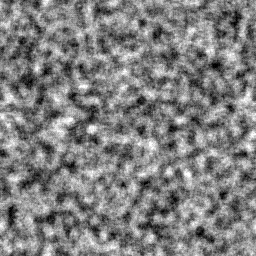 |
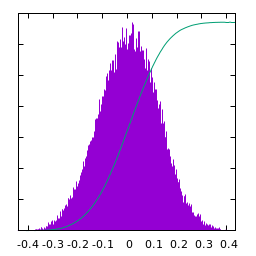 |
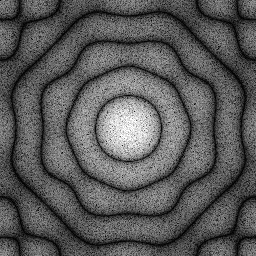 |
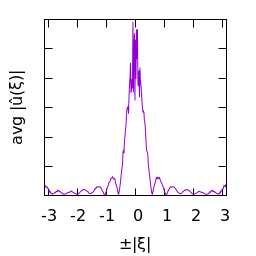 |
| $u(x)$ | histogram of $u$ | $\log|\hat u(\xi)|$ | average spectral profile |
White gaussian noise blurred by a Square kernel:
 |
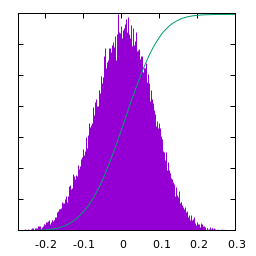 |
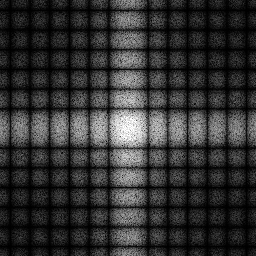 |
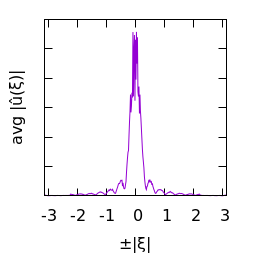 |
| $u(x)$ | histogram of $u$ | $\log|\hat u(\xi)|$ | average spectral profile |
When the spectrum of noise decays as a power-law, we say that it is ``colored'' noise. The exponent $\alpha$ of the power law determines its color. The particular case of $\alpha=0$ corresponds to white noise (a flat spectrum).
 |
 |
 |
| $\alpha=2$ purple | $\alpha=1$ blue | $\alpha=0$ white |
| $\phantom{a}$ | ||
 |
 |
 |
| $\alpha=-1$ pink | $\alpha=-2$ brown | $\alpha=-3$ smooth |
Statistics of Pink noise ($\alpha=-1$):
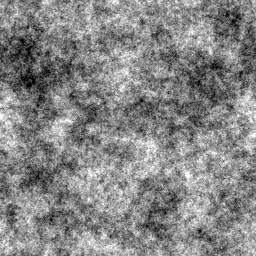 |
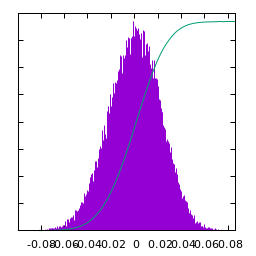 |
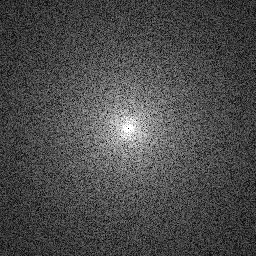 |
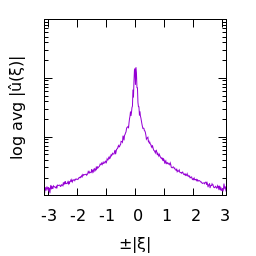 |
| $u(x)$ | histogram of $u$ | $\log|\hat u(\xi)|$ | average spectral profile |
Statistics of Brown noise ($\alpha=-2$):
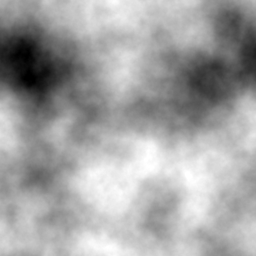 |
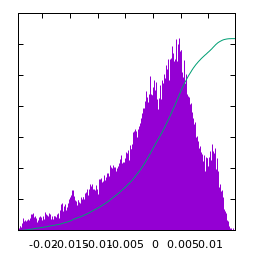 |
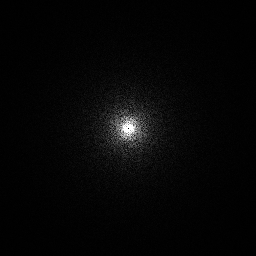 |
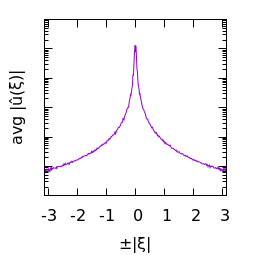 |
| $u(x)$ | histogram of $u$ | $\log|\hat u(\xi)|$ | average spectral profile |
Statistics of Smooth noise ($\alpha=-3$):
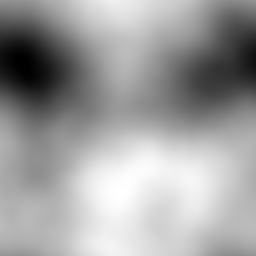 |
 |
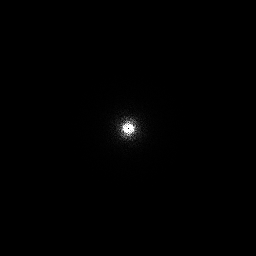 |
 |
| $u(x)$ | histogram of $u$ | $\log|\hat u(\xi)|$ | average spectral profile |
Statistics of Blue noise ($\alpha=1$):
 |
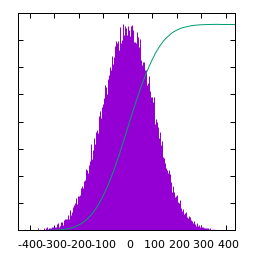 |
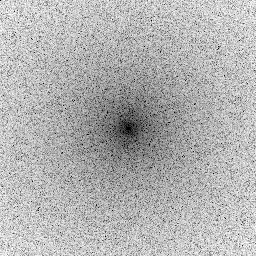 |
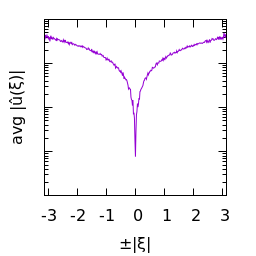 |
| $u(x)$ | histogram of $u$ | $\log|\hat u(\xi)|$ | average spectral profile |
Statistics of Purple noise ($\alpha=2$):
 |
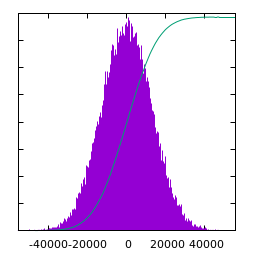 |
 |
 |
| $u(x)$ | histogram of $u$ | $\log|\hat u(\xi)|$ | average spectral profile |